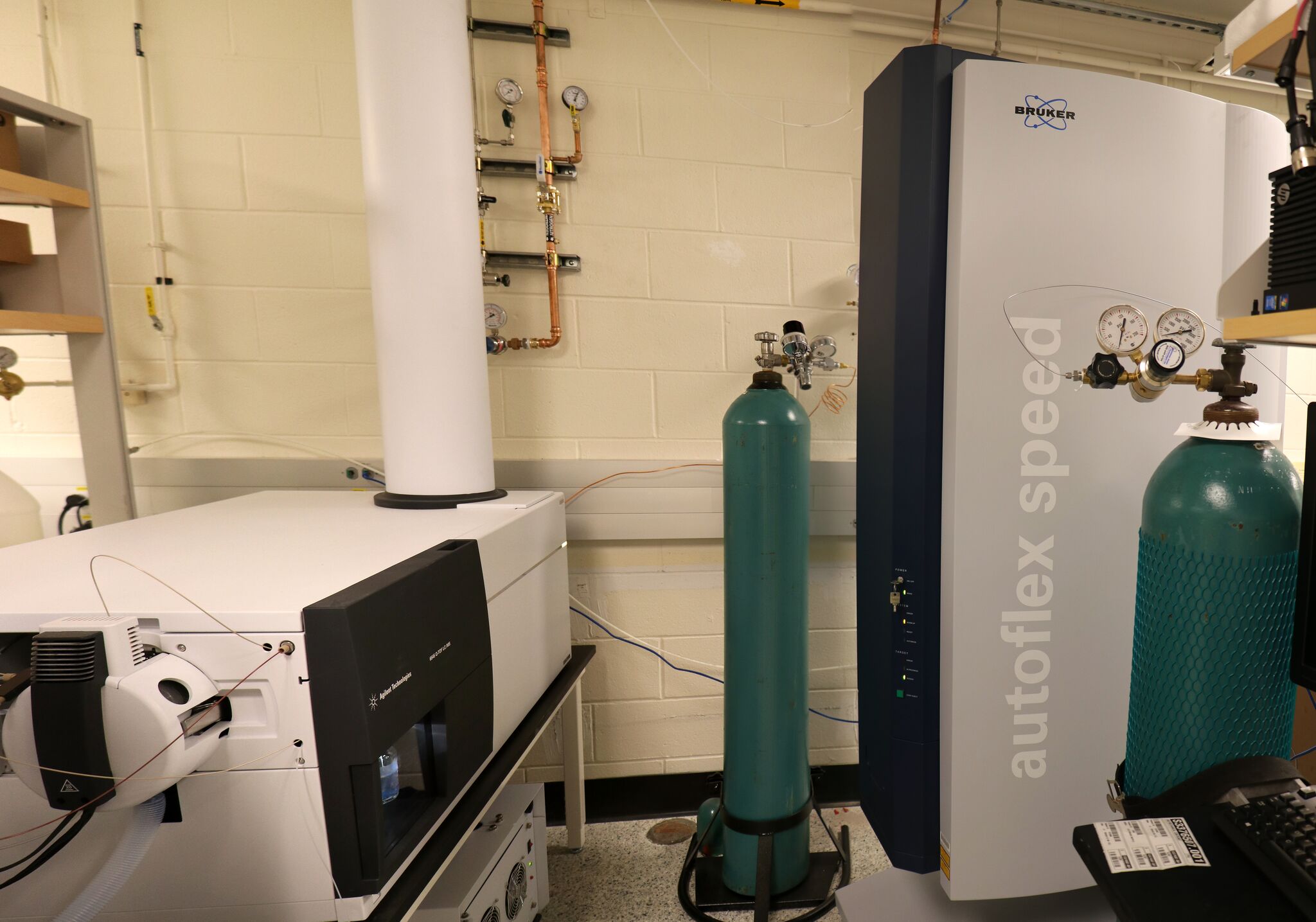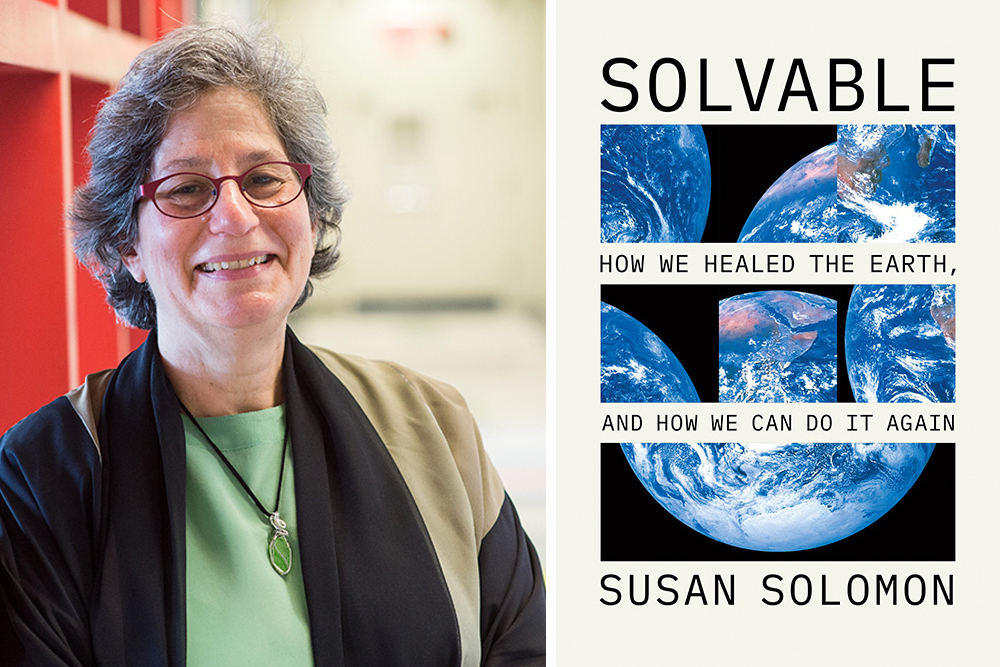Successful conclusion to fundraising initiative for DCIF
Professor Jamison is delighted to announce that the department's $1 million fundraising goal for replacement and renewal of instrumentation in the DCIF was met.
“I was very pleased to learn the Department of Chemistry had reached its $1 million fundraising goal to replace and renew instrumentation in the Department of Chemistry Instrumentation Facility (DCIF) by June 30, the deadline established to secure the School of Science and Institute 2:1 matching. I extend my personal gratitude to the many alumni and friends of the department who so generously supported the mini-campaign, bringing it to its successful conclusion.”
Michael Sipser
Dean of Science
In 2017, Department Head Professor Timothy F. Jamison, made raising funds for instrumentation renewal and replacement in the Department of Chemistry Instrumentation Facility (DCIF) a high fundraising priority.
In recognition of the importance of providing an up-to-date facility that supports research groups in the Department and throughout MIT, the Dean of Science and the Institute committed to matching all gifts and pledges up to $1 million until June 30, 2018.
Professor Jamison is delighted to announce that the $1 million fundraising goal was reached on the afternoon of June 29, when Judy and Lee Selwyn contacted the department with an offer to pledge a further $30,000 to bring the fundraiser to the $1 million needed to fully avail of the matching. In 2017, the Selwyns kick-started the mini-campaign to raise the $1 million with a lead gift of $100,000.

“We were the first to contribute to the match, and we were also happy to be the last to round it out to $1 million,” said the Selwyns. Judy, who received her PhD in Chemistry in 1971, is a member of the Department of Chemistry Visiting Committee and, as such, was acutely aware of the critical need to fully update the facility. Other members of the Visiting Committee collectively contributed $60,000, and the Department of Chemistry matched those contributions with $60,000. The remaining funds to bring the fundraiser to its successful conclusion were derived from other generous alumni and friends of the department.
“We expect the new instrumentation to significantly impact both the quality of research data available to the MIT community and our ability to train students and postdocs in state-of-the-art chemical research methods, says Dr. Walter Massefski, Director of the DCIF. “So far, our updated mass spectrometry and infrared spectroscopy instruments have done exactly that, and the changes to the NMR equipment in the lab will affect every corner of chemistry research on campus.”
To date the following instrumentation has been installed:
- *Bruker Alpha II FTIR, which features an ATR module for infrared spectroscopy of both solid and liquid samples with no additional sample preparation
- Agilent 6125 single-quadrupole mass spectrometer, for nominal mass determination of low to mid- molecular weight compounds using electrospray ionization in full automation mode
- Agilent 5977 gas-chromatography mass spectrometer, for nominal mass determination of low to mid-molecular weight compounds using electron impact ionization
- JEOL AccuTOF DART, for high-resolution mass spectral analysis of a wide range of compounds using direct analysis in real time
- Bruker Autoflex LRF MALDI, for high-resolution mass spectral analysis of higher molecular weight compounds, including polymers, peptides, and proteins, using matrix-assisted desorption
- Agilent 6545 quadrupole time of flight mass spectrometer, for high resolution mass spectral analysis at high sensitivity for a wide range of compound types using electrospray ionization, atmospheric pressure photoionization, and atmospheric pressure chemical ionization
- JEOL HFX NMR probe, for up to triple-resonance NMR experiments on samples that contain proton, fluorine, and heteronuclei in full-automation mode
Liam Kelly, a 4th year graduate student in the Jamison lab whose research is focused on continuous flow synthesis of pharmaceuticals, is really pleased with the improvements he’s experiencing with the new instrumentation.
“The upgrades to the mass spectrometry equipment have already had great impact on my research workflow,” says Kelly. “In the past, wait times for high-resolution mass analysis could be extensive if many users submitted samples within a short period of time. Now that the options for analysis are so readily available, I’ve even been able to confirm compounds on the same day that I have made them! Having a modern LC/MS and GC/MS available has also ensured that I can still acquire quality data in case any of our instruments in the Jamison lab are offline for maintenance. Although, I don’t personally use it, I’ve seen that the new MALDI has also been an incredible upgrade, allowing other users to get quality data within our own facilities instead of getting barely passable data from a patched-together system, or having to analyze samples elsewhere. Now, I’m looking forward to seeing all the benefits the upgrades to our NMR systems will bring!”
By the end of the year, the project will be complete with the arrival and installation of the following:
- Bruker Neo 600 MHz QCI-F cryoprobe NMR system, for ultra-high sensitivity NMR experiments on the full range of biological and chemical compounds, including peptides and proteins, carbohydrates, nucleic acids, and natural products, plus NMR screening applications and protein structure determination, all in automation
- Bruker Neo 500 MHz combination solids/liquids NMR system, for measuring NMR properties in both the solid and liquid state, including liquid state samples of low gyromagnetic ratio nuclei such as iron, silver, and platinum
- Bruker Neo 500 MHz Prodigy probe NMR system, for high-sensitivity automated acquisition for a wide-range of compounds and NMR-active nuclei
- Magnet, Prodigy high-sensitivity probe, and automation upgrades to both of our 400 MHz Bruker Avance III HD NMR systems
- Bruker Neo 400 MHz automation system for routine NMR acquisition, including flow-NMR capability
“The arrival of the new instrumentation has been greatly anticipated,” says Professor Jamison. “I am extremely grateful to everyone who helped make this fundraiser such a success. We could not have done it without the generosity of our wonderful alumni and friends.”





